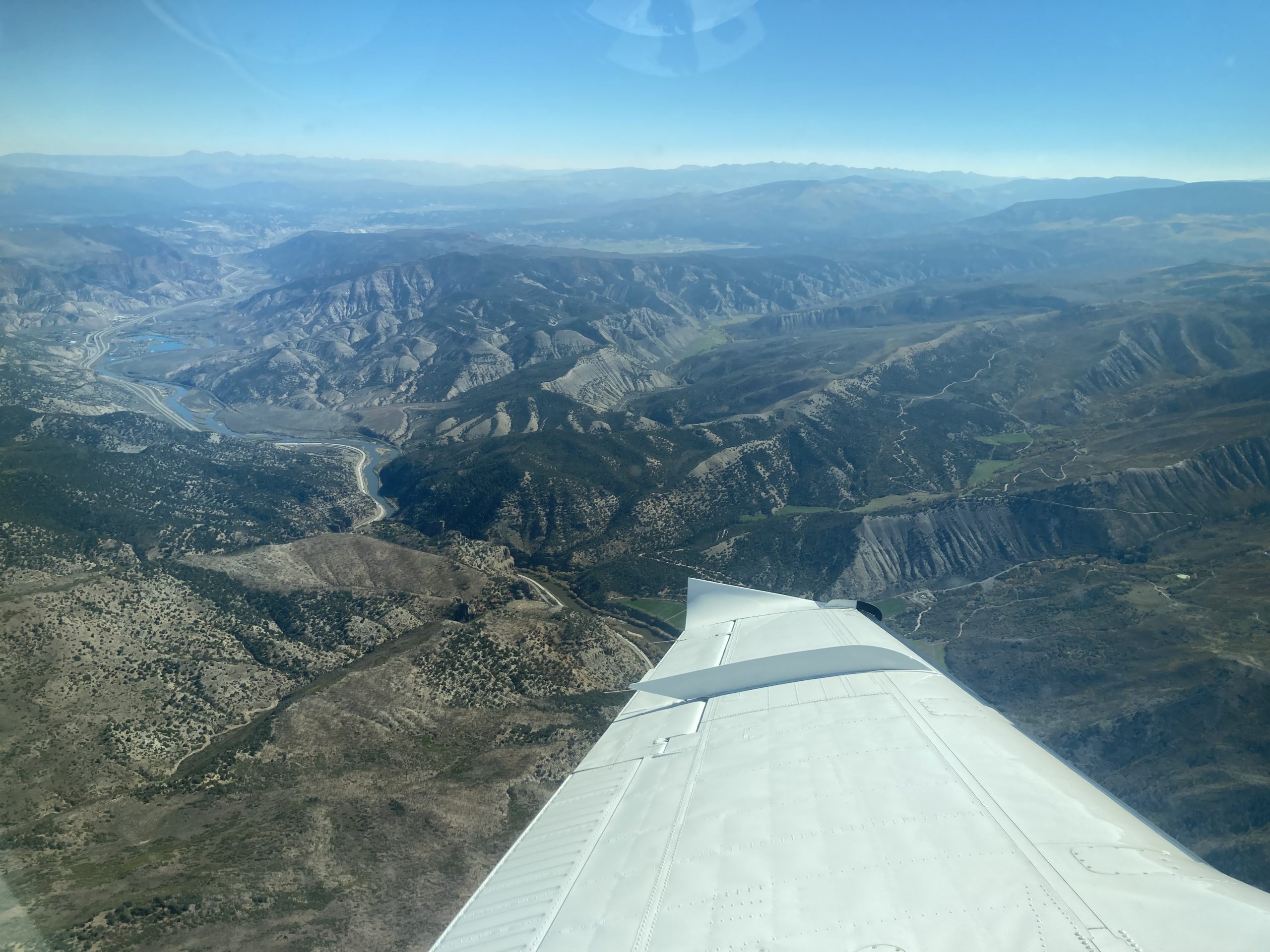Viewing and documenting the impacts of climate change on Colorado wildfires
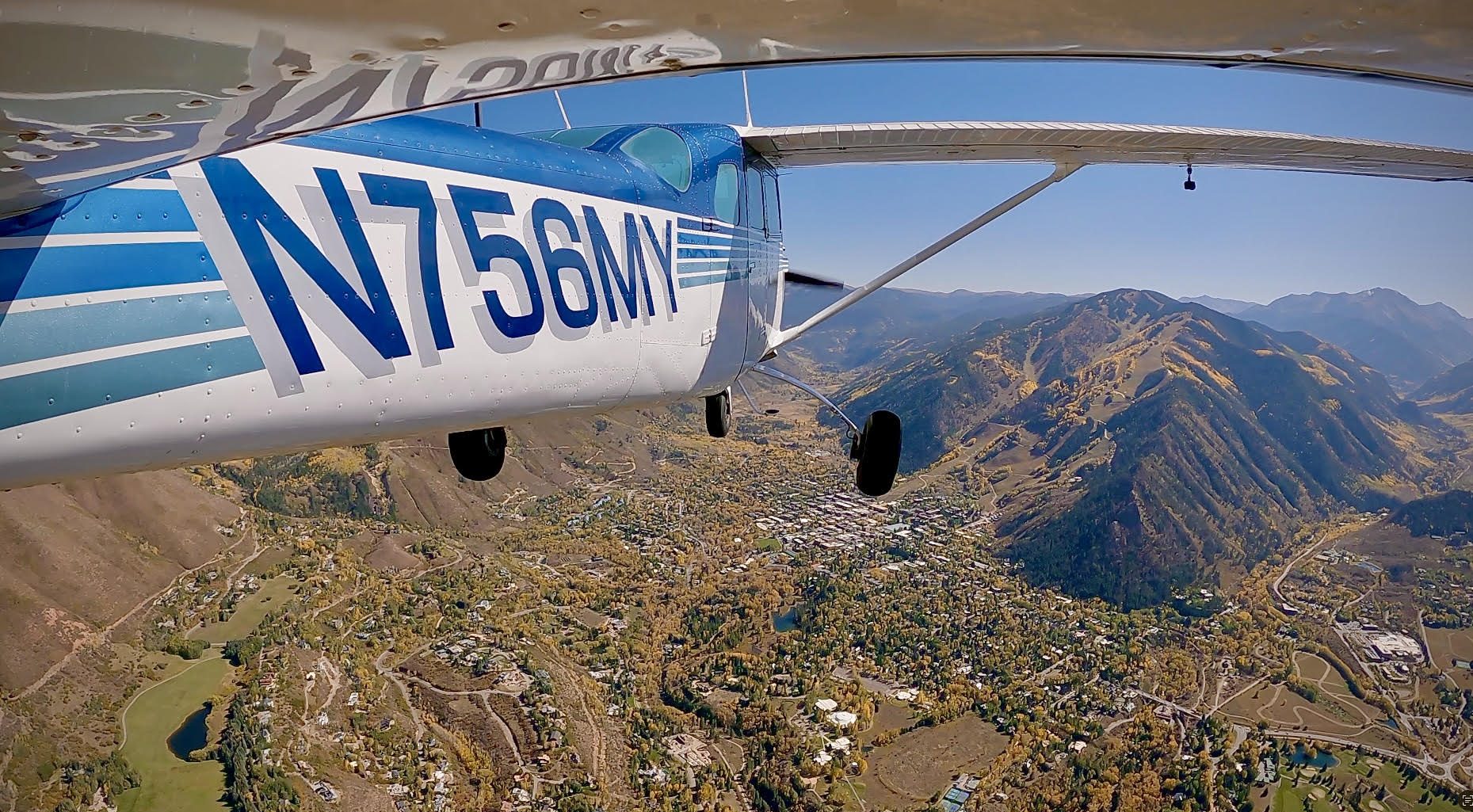
In early October, a trio of LightHawk volunteer pilots met with a group taking part in the Colorado Wildland Fire Conference in Snowmass, CO. These flights were arranged in partnership with Fire Adapted Colorado, a nonprofit working to build support for wildfire mitigation work in areas closest to communities and critical infrastructure. Their work is aimed at administrative and policy decision-makers.
Over the past several years, states across the west have seen a significant increase in the size and intensity of wildfires. Thanks to climate change, fire seasons start earlier and end later. This comes at a significant cost, both financially and ecologically.
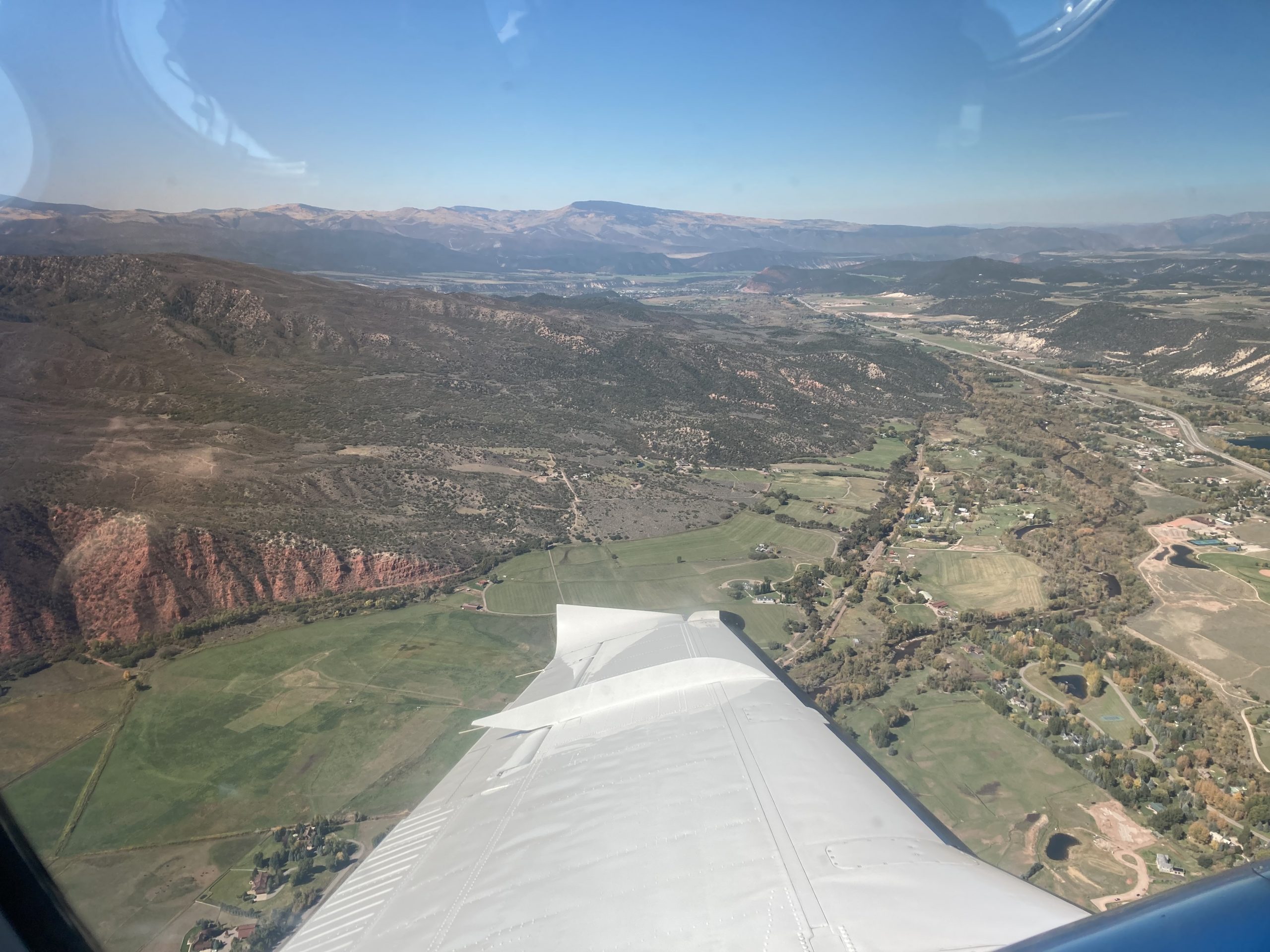
Financially, the U.S. Government spends billions of dollars each year to fight wildfires. In most years, the costs range from $2-$4 billion though in an intense fire year, those costs can go even higher. In most years, Colorado’s state government spends between $40-$60 million. In high fire years like 2020, that number can double.
From an environmental perspective, wildfires have huge impacts. The smoke and particulate matter created by fires can travel hundreds of miles and creates conditions that are hazardous for the health of communities – especially vulnerable individuals like those with respiratory issues like asthma.
In an ironic twist of fate, wildfires, increasing in frequency and intensity thanks to climate change, further contribute to the problem by releasing large quantities of carbon into the atmosphere. The loss of forested landscapes further increases the problem by removing trees (carbon sinks) from the environment.
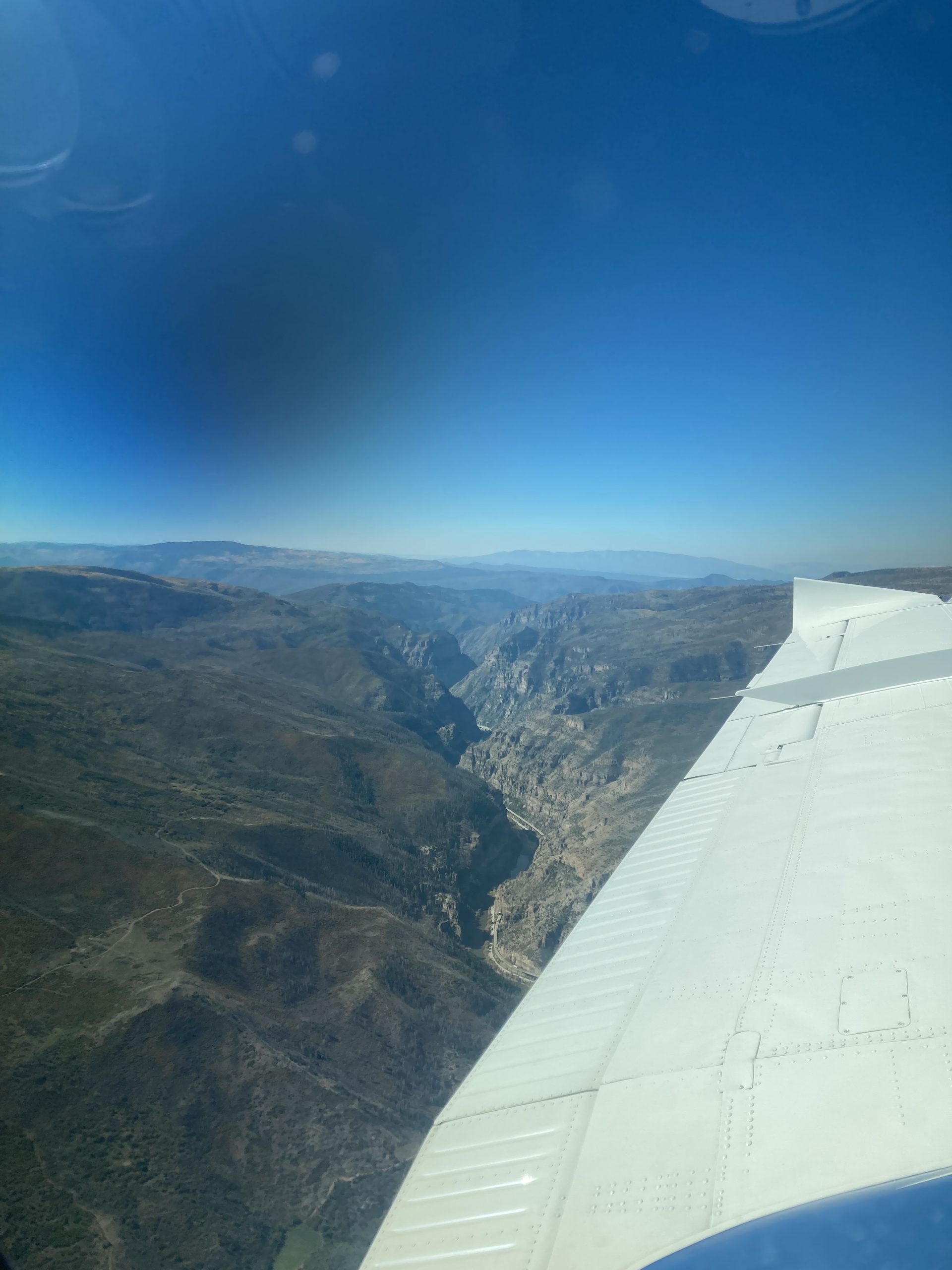
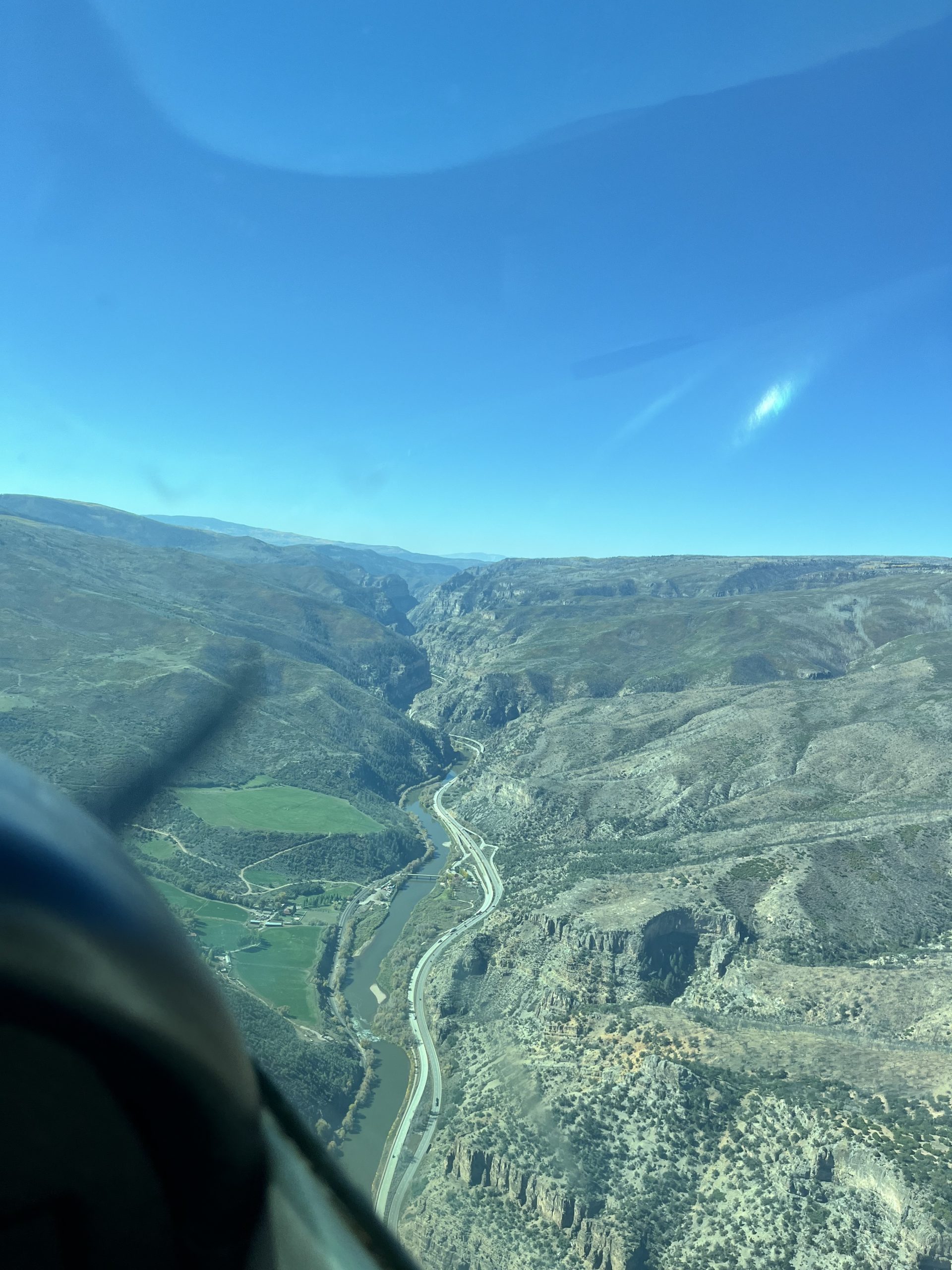
LightHawk flights like these allow partners and passengers to see the effectiveness of mitigation efforts and appreciate the scale at which wildfires occur. Since they can cover thousands of acres, it can be incredibly difficult to grasp the scope of the problem from the ground. Only from the air can you understand how far-reaching they can be.
As the climate continues to warm, wildfires will continue to be a problem facing states in the West. It is vital that states and communities build resilience to wildfires in order to protect infrastructure and the health of those in the region. LightHawk and those in the region will continue to fly in order to show decision-makers the importance of taking action and addressing both wildfire preparedness and climate change.
Thanks to LightHawk volunteer pilots Michael Schroeder, Evan Anderman and Rick Turley for donating flights for this project!
